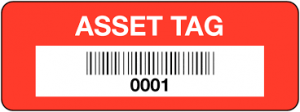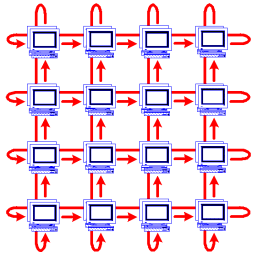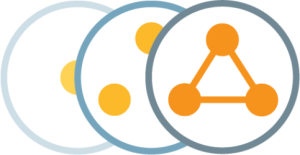You can have a pretty good guess at someone's age based on purely on the number of web domains they have purchased and keep up to date. I have 46 and I bought another one, the other day, RoboCoworker.com. I had in mind an automated coworker that could offer a sense of companionship to freelancers and solo start-up founders during their working day. It's semi-serious and I put these thoughts to one side as I got back to some real work.
Today, I had a call with a prospect for Knowledge Leaps. I gave them a demo and described the use-cases for their industry and role. It dawned on me, that I was describing and automated coworker, a RoboCoworker if you will.
This wouldn't be someone you can share a joke or discuss work issues with, but would be another member of your analytics team that does the work while you are in meetings, fielding calls from stakeholders, or selling in the findings from the latest analysis. What I call real work that requires real people.









